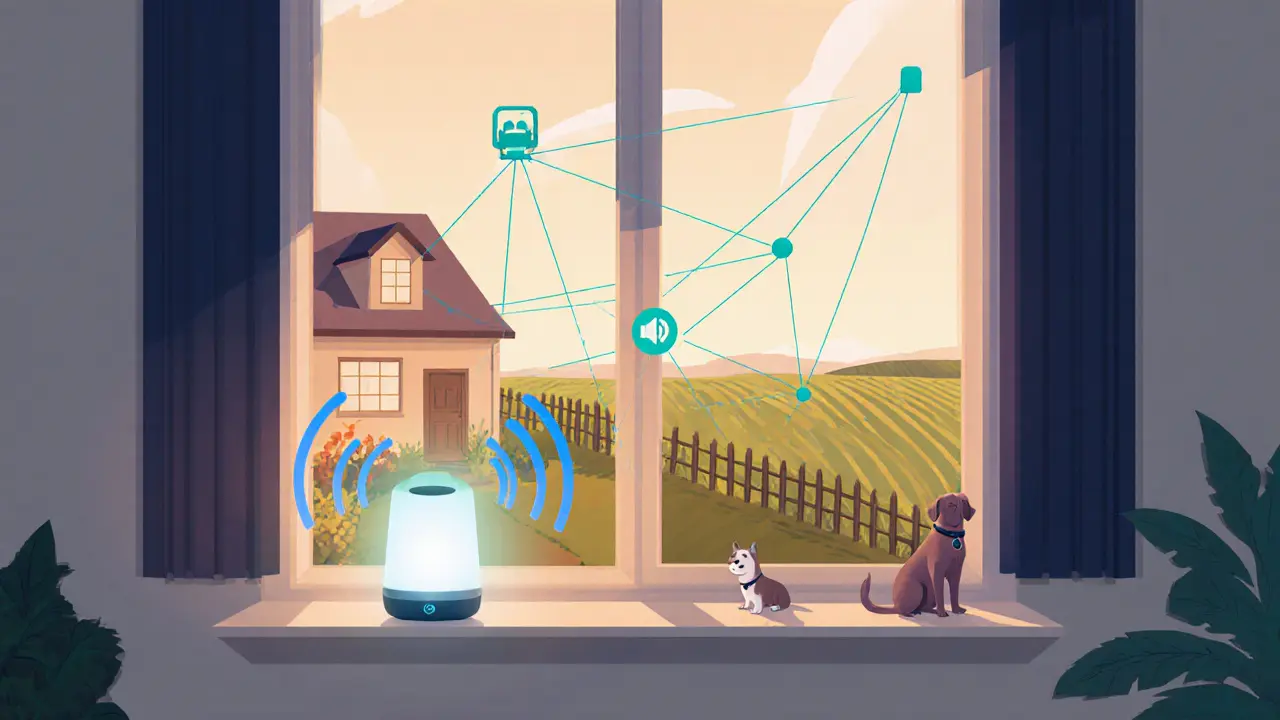Proof-of-Coverage: How Blockchain Rewards Real-World Wireless Data
When you think of blockchain, you probably think of Bitcoin mining or Ethereum staking. But Proof-of-Coverage, a consensus mechanism that verifies physical wireless coverage using decentralized hardware. Also known as PoC, it’s the engine behind networks that pay people just for leaving a device on in their home. Unlike mining that burns electricity, Proof-of-Coverage rewards you for helping build a real, usable wireless network—like a global Wi-Fi grid owned by everyone.
This isn’t theory. It’s how the Helium Network, a decentralized wireless network that uses hotspots to provide IoT and mobile coverage works. People buy a $200 hotspot, plug it in, and earn crypto tokens just by proving their device is broadcasting signal. The network checks if your hotspot can see others nearby—like a digital game of tag using radio waves. If your device helps cover a weak spot in the network, you get paid. It’s not about how much computing power you have. It’s about where you live and whether your signal reaches somewhere useful.
Proof-of-Coverage turns your living room into infrastructure. It’s used by IoT sensors, smart meters, and even early mobile data projects. The Helium Network, a decentralized wireless network that uses hotspots to provide IoT and mobile coverage has paid out over $1 billion in crypto rewards since 2019. That’s real money going to people in Indonesia, Brazil, and the Philippines—not just tech elites in Silicon Valley.
But it’s not magic. The system needs honest hardware. If someone tries to fake coverage—say, by moving a hotspot around or pretending to broadcast from a different location—the network catches it. It uses GPS, radio signal strength, and witness reports from other hotspots to verify everything. No one gets paid unless the proof is real.
You’ll find posts here that dig into how this affects crypto earners, what happens when a hotspot stops working, and why some projects claiming to use Proof-of-Coverage are just scams. Some posts talk about tokens tied to these networks. Others warn you about fake hotspots or airdrops pretending to be part of the real system. One article even shows how a $50 hotspot in rural Thailand earned more than a local teacher’s daily wage.
Proof-of-Coverage is one of the few blockchain ideas that actually changes how the physical world works. It doesn’t just move money. It moves signal. And if you’ve got a spare corner in your house, you might be part of the next big wireless revolution—without buying a single mining rig.

